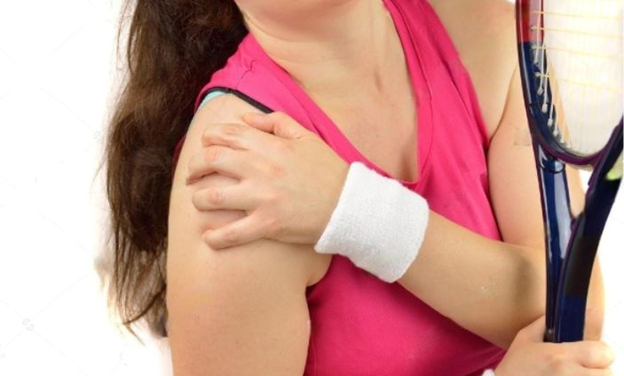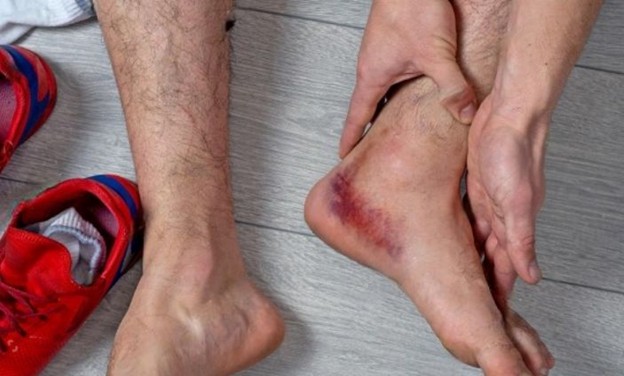Dr. rahul khanna
M.S. (ORTHO), FIASM, FIA
Specialist Joint Replacement, Arthroscopy & Sports Injury
Dr. rahul khanna
M.S. (ORTHO), FIASM, FIA
Specialist Joint Replacement, Arthroscopy & Sports Injury
Sports Injuries: Identification, Treatment, and Prevention

Recognizing Sports Injuries
- Pain:
- Swelling:
- Reduced Range of Motion:
- Bruising:
- Instability:
Pain that does not go away during or after exercise is a certain sign of damage. It’s critical to distinguish between pain from an injury and the typical discomfort felt after exercise.
Swelling around a muscle or joint is frequently indicative of inflammation, which can be brought on by trauma or overuse.
If a joint is difficult to move through its whole range of motion, it may be the result of an injury to the tendons, ligaments, or muscles that surround the joint.
Traumatic tiny blood vessel breaks that result in bruises. Although it’s not a typical symptom in many circumstances, bruising is common after injury.
If a joint feels unstable or gives way when moving, there may be injury to a ligament or tendon.

Treatment
- Rest:
- Ice:
- Compression:
- Elevation:
- Professional Evaluation:
To promote tissue healing, the wounded area must be rested. Steer clear of behaviors that make you feel worse off.
Using ice on an injured region might help lessen inflammation and swelling. Several times a day, use an ice pack covered in a cloth for ten to fifteen minutes.
Compression helps support the wounded area and lessen edema. Apply a compression bandage, being careful not to stifle blood flow with it too tight.
By encouraging the drainage of extra fluid, elevating the damaged limb above the level of the heart helps minimize swelling.
If you believe you may have a fracture, have significant injuries, or are experiencing ongoing pain, get medical help. A qualified medical practitioner can offer an accurate diagnosis and suggest suitable courses of action.
Preventing Sports Injuries
- Warm-Up and Stretching:
- Cross-Train:
- Correct Technique:
- Put on Protective Gear:
- Pay Attention to Your Body:
- Gradual Progression:
To get your muscles and joints ready for action, always begin with a full warm-up. Stretching dynamically can increase the range of motion and lower the chance of injury.
To avoid overuse injuries, mix up your exercise regimen with different exercises. Cross-training lessens the pressure on particular body areas and balances muscle strength.
Acquire and hone the correct techniques for the sport or activity of your choice. An injury is more likely when a form is incorrect.
To lower the chance of suffering severe injuries, put on the proper protective gear, such as braces, pads, or helmets.
Recognize when you’re feeling tired or uncomfortable, and don’t ignore suffering. When necessary, take a nap and give your body time to heal.
Steer clear of abrupt increases in the volume or intensity of your exercise. Increase your level of activity gradually to avoid overuse injuries.
Safeguarding Your Active Lifestyle
Emergency?
24 Hour Ready
Call Us for Emergency